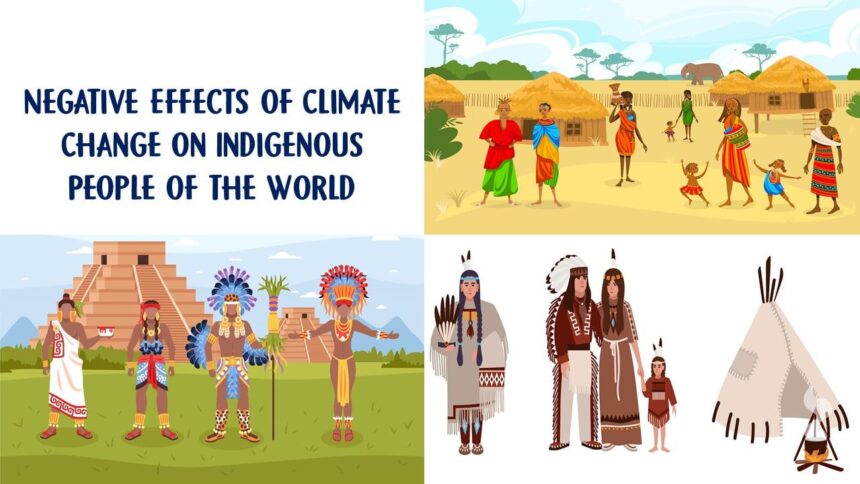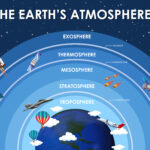●⫸ Introduction
Climate change is not only impacting us close to home; it is also banging on our front gate and demanding to be let in. But that is not going to happen.
We’re going to take a wild guess here. When we speak about who is affected by climate change, we’re guessing that you don’t think of yourself or your current circle of friends and family.
You’re not alone. If you’re like most people, you might imagine your grandchildren or even great-grandchildren dealing with record heat. Or people far away who are suffering as a result of rising sea levels.
However, the reality is that the effect of climate change is already affecting the majority of us right now. From the moment we wake up every morning to the moment we fall asleep at night.
Now, if we talk about the indigenous and tribal people who are frequently referred to as natives, aboriginals, first nations, Adivasi, janajati, hunter-gatherers, or hill tribes, these are the ones who are susceptible to such changes. Effects of climate change on indigenous people are thus a matter of serious concern.
Because of their reliance on, and close relationship with, the environment and natural resources, indigenous people are among the first to face the direct consequences of climate change.
Combating climate change worsens the problems that vulnerable indigenous communities already face, such as political and economic marginalization, loss of land and resources, human rights abuses, unequal treatment, and labor force participation.
●⫸ Who Are the Indigenous People?
“Indigenous and tribal people” is a term used to describe more than 370 million people living in more than 70 countries around the world. Indigenous and tribal people have distinct cultures, language groups, traditions, and organizations that set them apart from the other sections of the societies in which they live.
There is no unified definition of indigenous and tribal people. Indigenous people are the successors and practitioners of distinct cultures and ways of interacting with others and the environment. They have maintained distinct social, cultural, economic, and political character traits from the dominant societies in which they live.
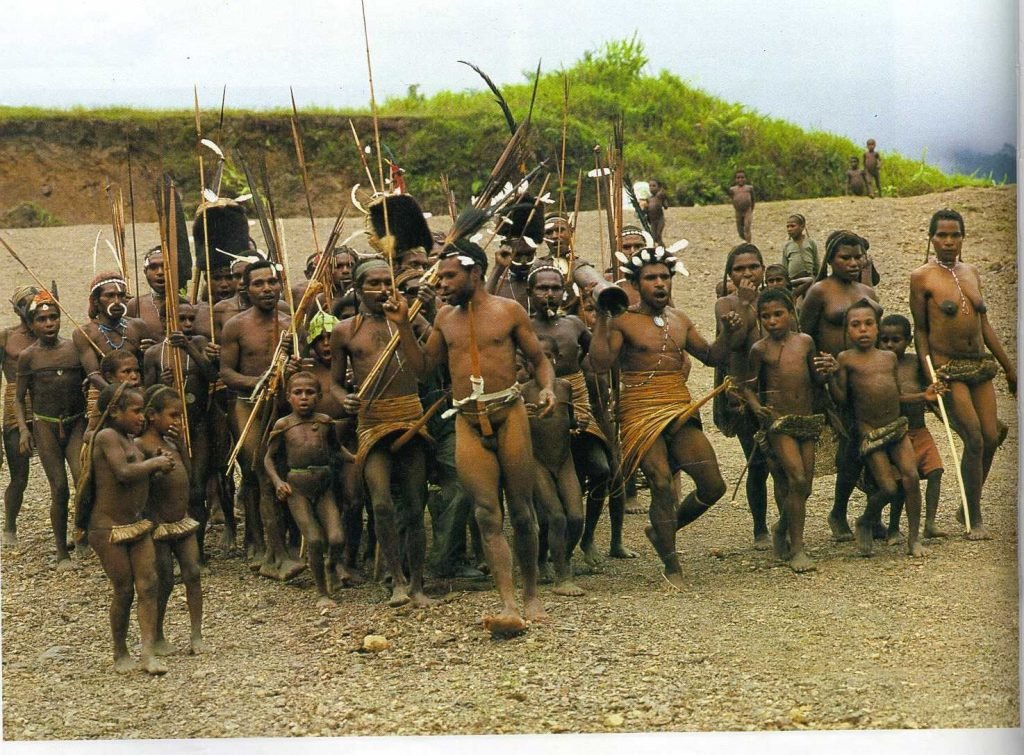
Despite their cultural differences, indigenous people from all over the world face the same issues when it comes to protecting their rights as distinct people.
While the vast majority of the population in the Asian region may be considered indigenous in a literal sense, there are specific groups that distinguish themselves from the general population and fall within the scope of international concern for indigenous people.
Such people may not be recognized as “indigenous people,” but still get the targeted recognition in development planning, programs, and schemes in some countries.
Indigenous people are arguably one of the world’s most disadvantaged and vulnerable groups of people today. The global community has now recognized that specific measures are needed to protect their rights while also preserving their diverse culture and way of life.
●⫸ What are the Effects of Climate Change on Indigenous People of the World?
Indigenous people around the globe are massively affected by climate change when compared to non-indigenous people. These effects are felt most acutely in the fields of healthcare, the atmosphere, and communities.
They have a lot of experiences with the impacts of climate change due to the diverse geographic locations they inhabit around the world, as well as the fact that their traditions and livelihoods are often tied to land-based practices and relationships.
1. Glaciar starts to melt in the Himalayas’ high-altitude regions affect hundreds of rural residents who rely on seasonal water flow, ultimately resulting in more water in the short term but less in the long run as glaciers and snow cover reduce.
2. The effects of climate change in the Amazon involve deforestation and forest fragmentation, with more carbon released into the air intensifying and causing further changes. Droughts in the western Amazon region caused fires in 2005.
This is likely to happen again as rainforests are replaced by savannas, having a significant impact on the livelihoods of the region’s indigenous people.
3. Indigenous people in the Arctic region rely on chasing for polar bears, walrus, seals, and roe deer, trying to herd reindeer, catching fish, and gathering not only for food but also for cultural and social identity. Some of the issues that indigenous people in the area are concerned about include changes in species and the accessibility of traditional sources of food, perceived reductions in weather predictions, and the safety of traveling in changing ice and weather conditions, which pose serious threats to human health and food security.
4. Rain and mild temperatures in Finland, Norway, and Sweden can sometimes prevent reindeer from accessing lichen, an essential food source, during the winter period. This has resulted in a huge loss of reindeer, which are essential to Sámi communities’ culture, livelihood, and economy. As a result, reindeer herders must feed their herds of fodder, which is costly and not financially viable in the long run.
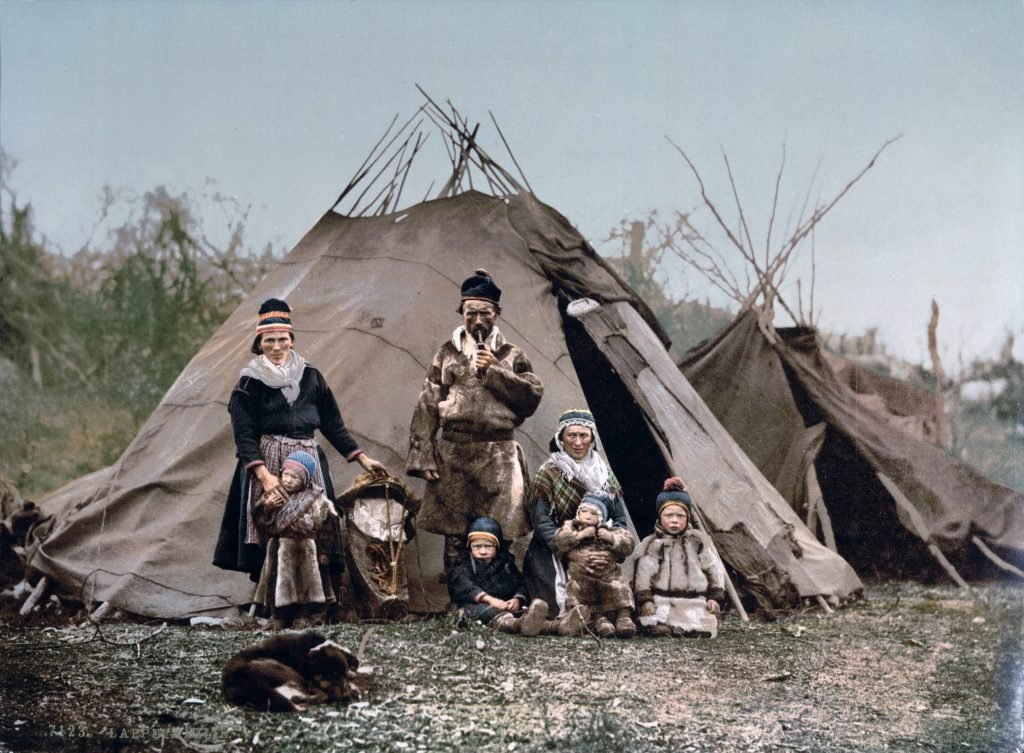
5. Rising temperatures, sand expansion, high wind speeds, and vegetation loss are adversely affecting indigenous people’s traditional cattle and goat farming practices in Africa’s Kalahari Basin, who must now live around government-drilled boreholes to freshwater supplies and rely on government support for survival.
6. Because of climate change, Indigenous communities in Canada are having a difficult time preserving their traditional food systems. For hundreds of years, the Inuit have hunted mammals. Many of their standard economic transactions and cultural celebrations revolved around whales and other sea mammals and continue to do so. Climate change has caused the ocean to warm and acidify, which is harming these species in their traditional habitats and driving many to migrate elsewhere.
7. In southern Iraq, indigenous farmers continue to follow in the footsteps of the Mayans, who pioneered agriculture around 6000 B.C. However, the crop cycle has recently been impacted by global warming due to longer, hotter summers. August, for example, is the month for limiting and producing grapes. However, fruits have not been appearing at their usual times recently. Also, with warmer temperatures in September, farmers will be unable to remove their buffalos from the water to prevent them from overheating. Older indigenous farmers who use traditional farming methods may be perplexed by climate change and unsure of what and when to plant crops.
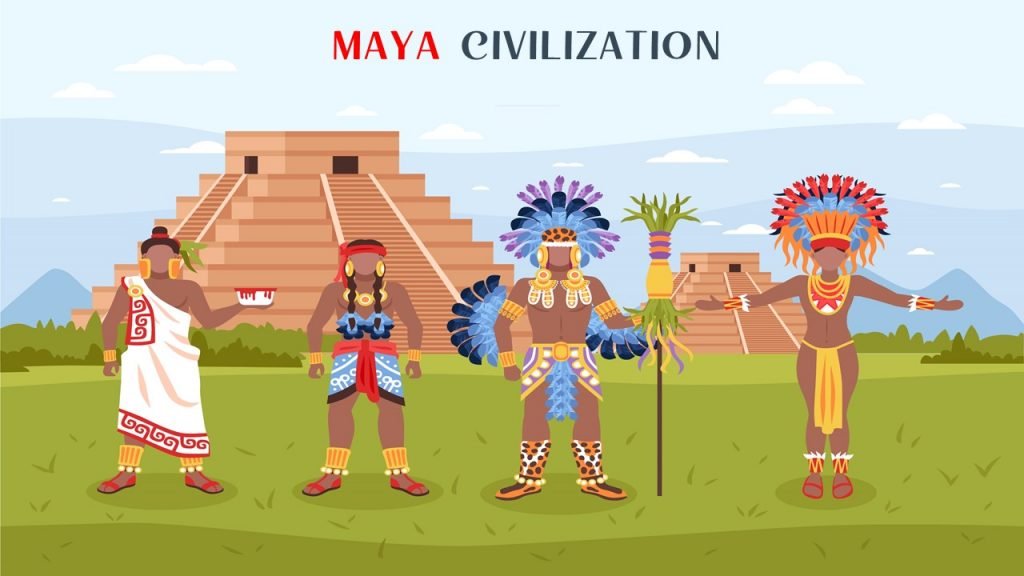
●⫸ How are Indigenous People Combating Climate Change?
Even though indigenous people contribute little to greenhouse gas emissions, climate change poses threats and risks to the continued existence of indigenous communities worldwide. Indigenous people are vital to and active in the many ecosystems that occupy their lands and territories, and may thus contribute to the perseverance of these ecosystems.
Furthermore, indigenous people interpret and respond to the effects of climate change in novel ways, drawing on ancient traditions and other technologies to find solutions that may assist society as a whole in coping with potential changes.
▶ In Bangladesh, villagers are constructing floating vegetable gardens to safeguard their livelihoods from flooding.
▶ In Vietnam, communities are assisting in the planting of dense mangrove swamps along the coast to disperse tropical-storm waves.
▶ Indigenous people in Central, South America, and the Caribbean are relocating their agriculture sector and settlements to new locations that are less susceptible to serious climate conditions.
▶ During droughts, indigenous people in Guyana, for example, are relocating from their savannah homes to dense forests and have begun planting cassava, their main staple crop, on moist floodplains that are normally too wet for other crops.
▶ Some indigenous groups in North America are attempting to cope with climate change by concentrating on the economic opportunities that it may bring. Increased demand for renewable energy sources like wind and solar energy, for example, could make tribal lands an excellent source of such energy, substituting fossil fuel-derived energy and lowering greenhouse gas emissions.
▶ Indigenous communities are also continuing to work through community initiatives to mitigate the effects of climate change on their communities. Canadian Inuit community members, for example, are working to combat feelings of cultural difference by organizing the learning of traditional skills in community classes, allowing individuals to feel more connected to their culture and each other.
▶ Furthermore, Rigolet residents collaborated with researchers to create an app that allows residents to share their findings on the safety of local sea ice in order to alleviate anxiety caused by the unpredictability of environmental conditions. Community members have recognized these resources as effective tools for coping with the ecological grief brought on by climate change
●⫸ Recent Engagement of The Indigenous People in Climate Action
The impact on Indigenous people must not be ignored as the global community focuses on ways to combat the consequences of climate change and transition to a low-carbon future for at least three reasons.
It is critical to recognize the efforts Indigenous people have already made in the fight against climate change. 80% of the world’s biodiversity, is on lands that Indigenous people manage, control, and govern. This clearly shows that their knowledge is preserving ecological integrity.
Indigenous knowledge acquired through close monitoring over generations, according to research, is incredibly beneficial in mitigation strategies: Indigenous methods for maintaining land and resources not only contribute to higher biodiversity (even when compared to protected areas), but also help decrease deforestation, carbon pollution, and the risk of wildfires.
For centuries, indigenous communities have used fire to form the landscape. Some cultural burning practices provide similar advantages to forest fires, which are set on purpose to make a forest less flammable. These types of fires can help decrease the intensity of wildfires while also encouraging the growth of berries and mushrooms.
According to experts, Indigenous knowledge contains lessons for adapting to climate change. Indigenous people, including the Anishinaabe, used different seasons’ mobility to help adapt to the changing weather patterns. Historically, Indigenous people would travel throughout their territories on a seasonal basis in search of food and other resources.
So, how can scientists benefit from Indigenous cultures? We would say everything. Science is striving to achieve the kind of comprehensive and integrated vision of the world that is genuinely an Indigenous way of seeing, knowing, and being.
Engaging Indigenous peoples to gain from their experience and understanding while honoring their worldview and ensuring the availability of their way of life must attach importance to global climate change reactions.
◆ Conclusion:
Climate change issues are intertwined with those of society, migration, nourishment, and human-environment interaction. The increased frequency of natural disasters has led to significant damage to indigenous people’s homelands. Many plant and animal species have now become extinct as a consequence of the lack of viable habitats. Because they are unable to preserve their hunting culture, the community suffers cultural loss.
Because they rely heavily on organic resources for food, the destruction of wildlife increases their issue of food scarcity. Some natural disasters cause irreversible damage, obligating some communities to relocate to safer areas.
The indigenous people’s way of life is a foremost example of human-environment interaction. They depend on natural resources to sustain themselves, but human waste is returned to the environment. Pollution eventually leads to increasing temperatures and more frequent natural disasters, which harm people’s health and well-being.
Because of their faraway geographical locations and reliance on natural resources for subsistence, indigenous communities are highly vulnerable to the effects of global warming. Their response to climate change is hampered by social and economic inequalities.
Their homeland is central to their culture. Natural calamities force communities to relocate, resulting in the loss of cultural identity. Climate change causes physical and mental stress, which tends to increase their risk of health problems.
Numerous tribal community leaders have taken the steps to work with climate scientists to create frameworks that will assist people in adapting to environmental changes while preserving their cultural identity.
Countries in the “Global North” are commonly considered wealthy and developed. Differences among indigenous peoples in developed nations such as Canada and the United States demonstrate that the advantages of economic growth are not equally distributed in local communities. Many people continue to suffer from economic hardship, food insecurity, and a lack of necessities. It is fair to presume that the GDP does not properly represent what is happening in the country’s rural and remote areas.


